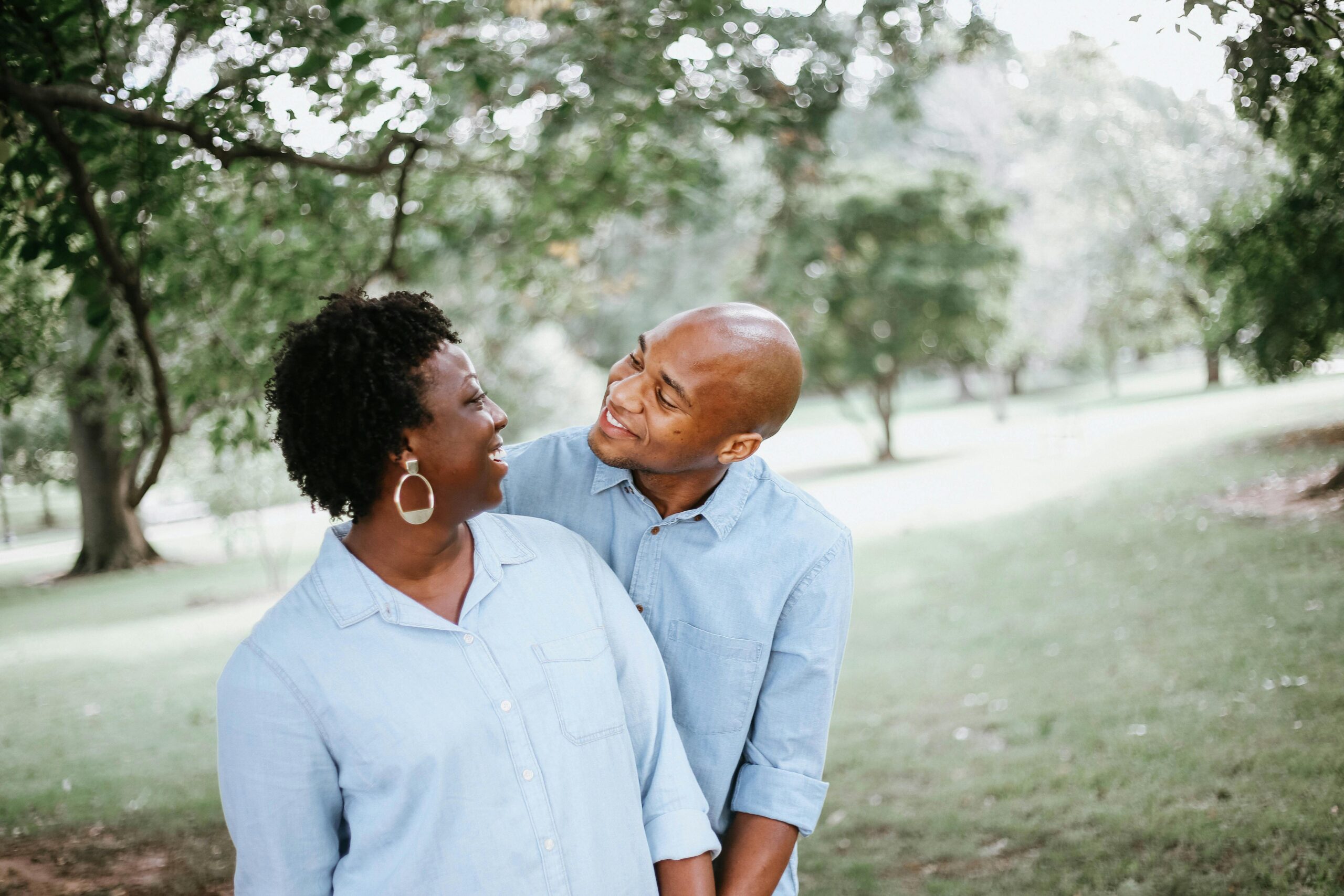Obtaining a green card through marriage is one of the most common pathways to U.S. permanent residency. However, it is also one of the most scrutinized by the U.S. Citizenship and Immigration Services (USCIS) due to the potential for fraudulent marriages.
In this comprehensive guide, we will cover everything you need to know about marriage-based green cards, including eligibility, the application process, common pitfalls, and how to prepare for your green card interview.
This guide aims to provide more detailed and valuable information than existing resources to help you navigate the complexities of obtaining a green card through marriage.
What is a Marriage-Based Green Card?
A marriage-based green card allows a foreign national spouse of a U.S. citizen or lawful permanent resident (LPR) to live and work permanently in the United States. This green card is an adjustment of status from a non-immigrant visa or from outside the U.S. via consular processing.
Marriage-based green cards are popular because they provide a direct path to permanent residency, leading to citizenship after three years if married to a U.S. citizen. However, applicants must meet several requirements and provide substantial evidence to prove the legitimacy of their marriage.
Eligibility Requirements for a Marriage-Based Green Card
To qualify for a marriage-based green card, several criteria must be met:
- Legal Marriage: The marriage must be legally recognized in the country or state where it occurred.
- Valid Marriage: The marriage must be bona fide, meaning it is genuine and not solely for immigration purposes.
- Immigration Status of the Petitioner: The sponsoring spouse must be a U.S. citizen or a lawful permanent resident (LPR).
- Admissibility: The foreign spouse must be admissible to the U.S., meaning they must not have a criminal record, past immigration violations, or pose a security threat.
Note: If either spouse was previously married, all prior marriages must be legally terminated before applying for a green card.
Types of Marriage-Based Green Cards
Marriage-based green cards fall into two categories:
- Immediate Relative Green Card: For spouses of U.S. citizens. This is the most straightforward and fastest route.
- Family Preference Green Card (F2A): For spouses of LPRs. This category is subject to annual numerical limits, resulting in longer wait times.
Step-by-Step Guide to the Application Process
The process for obtaining a marriage-based green card involves several key steps:
Step 1: File Form I-130, Petition for Alien Relative
The U.S. citizen or LPR spouse must file Form I-130 to establish the existence of a qualifying relationship. Along with the form, the petitioner must submit evidence such as a marriage certificate, proof of shared finances, photos, and affidavits from friends and family.
Step 2: Wait for USCIS Approval
Once the I-130 petition is approved, the foreign spouse must wait for visa availability (if applying under the F2A category) or move directly to the next step if they are an immediate relative.
Step 3: Adjustment of Status (Form I-485) or Consular Processing
- If in the U.S.: The foreign spouse files Form I-485, Application to Register Permanent Residence or Adjust Status.
- If outside the U.S.: The foreign spouse undergoes consular processing and attends an interview at a U.S. embassy or consulate.
Step 4: Attend the Biometrics Appointment
The foreign spouse will receive a notice for a biometrics appointment, where their fingerprints, photograph, and signature are collected.
Step 5: Attend the Green Card Interview
The final step involves an interview with a USCIS officer (or consular officer). The couple must demonstrate the authenticity of their marriage by answering questions about their relationship history and presenting additional documentation.
Step 6: Receive the Green Card
If the interview is successful, the foreign spouse will receive their green card in the mail within a few weeks to months.
Common Challenges and How to Overcome Them
While the process might seem straightforward, applicants often face several challenges:
- Insufficient Evidence of a Bona Fide Marriage: USCIS requires robust proof that the marriage is genuine. Overcome this by providing comprehensive evidence, such as joint bank accounts, leases, utility bills, and affidavits.
- Past Immigration Violations: If the foreign spouse has a history of overstaying visas or other violations, it can complicate the process. Consulting with an immigration attorney can help address these issues.
- Delays and Backlogs: Immigration processes can be lengthy. Understanding the processing times and staying organized with paperwork can help mitigate frustration.
Preparing for the Green Card Interview
The interview is a critical part of the green card process. Here’s how to prepare:
- Review Your Application: Both spouses should be familiar with all the information submitted.
- Gather Documentation: Bring copies of all submitted forms, documents, and additional evidence.
- Practice Common Questions: Review typical interview questions about your relationship, daily life, and future plans.
- Dress Appropriately and Be Punctual: First impressions matter, so dress formally and arrive early.
Conditional Permanent Residency and Removing Conditions
If your marriage is less than two years old when you receive your green card, you will be granted conditional permanent residency. To remove these conditions and receive a 10-year green card, you must:
- File Form I-751, Petition to Remove Conditions on Residence within the 90-day period before the conditional green card expires.
- Provide Updated Evidence: You must demonstrate that your marriage is ongoing and legitimate, similar to the initial green card application.
Failure to remove the conditions can result in the loss of permanent resident status.
Expert Tips for a Successful Application
- Hire an Immigration Attorney: An experienced attorney can help you navigate the complexities of the immigration process, especially if you have past immigration violations or other complications.
- Be Honest and Transparent: Never attempt to mislead USCIS. Any discrepancies can lead to a denial or even accusations of fraud.
- Stay Organized: Keep copies of all documents, forms, and correspondences with USCIS. This will be invaluable in case of any issues or delays.
Frequently Asked Questions About Green Card Marriage
Here are answers to some common concerns and questions related to obtaining a green card through marriage:
Can I apply for a green card immediately after getting married?
Yes, you can apply for a green card as soon as you are legally married to a U.S. citizen or lawful permanent resident. However, you must ensure that all prior marriages are legally terminated and that you have the necessary documentation to prove the legitimacy of your current marriage.
How long does the green card process take?
The processing time for a marriage-based green card varies depending on whether you are married to a U.S. citizen or a lawful permanent resident. For spouses of U.S. citizens, the process generally takes 10-13 months. For spouses of green card holders, it can take 24-36 months due to visa number availability under the F2A category.
What documents do I need to prove my marriage is legitimate?
To prove your marriage is bona fide, you should provide a variety of documents, including but not limited to:
- Marriage certificate
- Joint bank account statements
- Lease or mortgage documents with both spouses’ names
- Photos of you and your spouse together over time
- Affidavits from friends and family attesting to the authenticity of your marriage
- Proof of shared finances, such as joint tax returns or insurance policies
What happens if my spouse and I divorce before the green card process is complete?
If you divorce before obtaining your green card, your application will generally be denied, as the basis for your eligibility (the marriage) no longer exists. If you have a conditional green card and you divorce, you will need to file a waiver when applying to remove conditions, proving that the marriage was entered into in good faith.
Can I travel outside the U.S. while my green card application is pending?
Yes, you can travel outside the U.S. while your green card application is pending, but you must apply for Advance Parole (Form I-131) and receive approval before leaving the country. Traveling without this permission may be considered abandonment of your application, resulting in denial.
What should I do if my green card application is denied?
If your green card application is denied, you have several options. You may file an appeal or a motion to reopen/reconsider the decision with USCIS.
It is highly recommended to consult with an immigration attorney to determine the best course of action and to address any reasons for denial.
Do I need a lawyer to apply for a marriage-based green card?
While it is not mandatory to hire a lawyer, it is highly advisable, especially if your case involves complications such as past immigration violations, criminal history, or a complex marital history. An experienced immigration attorney can help ensure that your application is correctly filed and increase your chances of approval.
Can I work in the U.S. while waiting for my green card?
Yes, you can apply for a work permit (Employment Authorization Document, EAD) while your green card application is pending. If granted, this permit allows you to legally work in the U.S. while you await your green card decision.
What is the difference between Adjustment of Status and Consular Processing?
- Adjustment of Status (AOS): This process is for those who are already in the U.S. and want to adjust their status to a green card holder without leaving the country.
- Consular Processing: This process is for applicants who are outside the U.S. They will need to attend an interview at a U.S. embassy or consulate in their home country to obtain their green card.
What happens after I receive my green card?
After receiving your green card, you become a lawful permanent resident of the U.S. If you have been married for less than two years at the time of approval, you will receive a conditional green card valid for two years.
You must apply to remove the conditions on your green card within 90 days before it expires to obtain a permanent 10-year green card.
Conclusion
Obtaining a green card through marriage is a significant milestone for many couples, but it requires careful planning and attention to detail.
By understanding the process, preparing thoroughly, and providing substantial evidence of your marriage’s legitimacy, you can increase your chances of a successful application.
For the most personalized advice, consult with an immigration attorney to guide you through this complex process.
The information provided on this website does not, and is not intended to, constitute legal advice; instead, all information, content, and materials available on this site are for general informational purposes only. Information on this website may not constitute the most up-to-date legal or other information. This website contains links to other third-party websites. Such links are only for the convenience of the reader, user, or browser; the writer does not recommend or endorse the contents of the third-party sites.
Readers of this website should contact a licensed attorney to obtain advice with respect to any particular legal matter.



